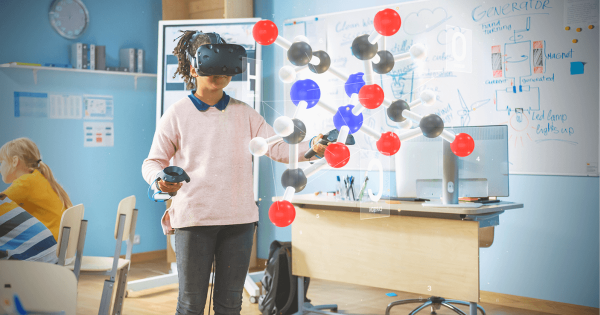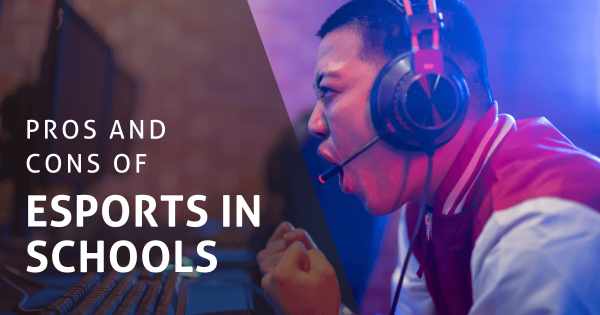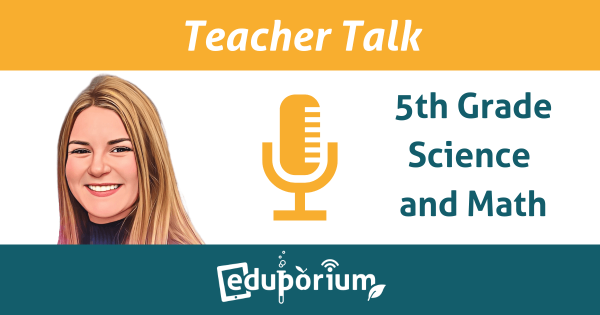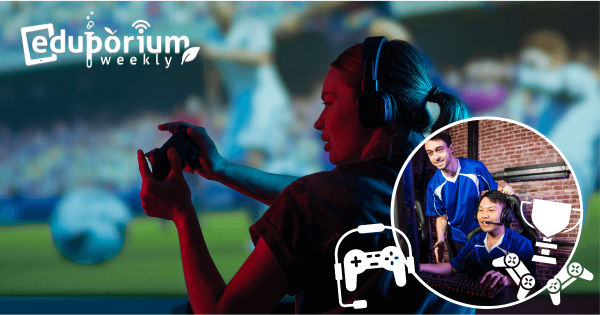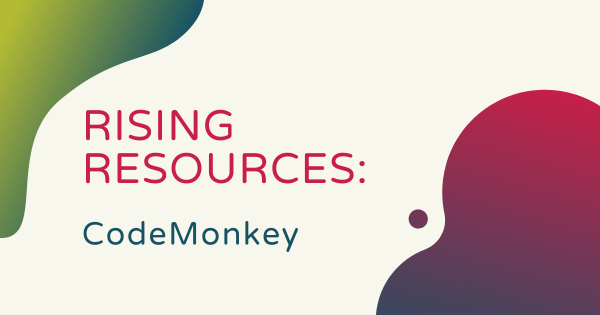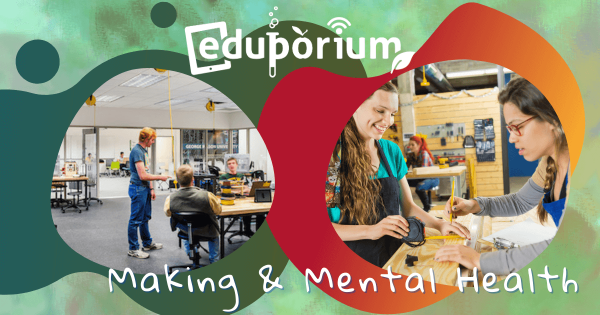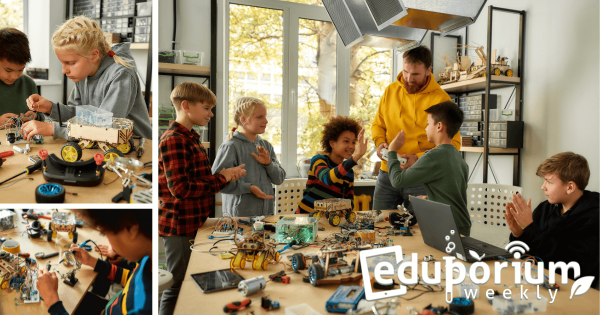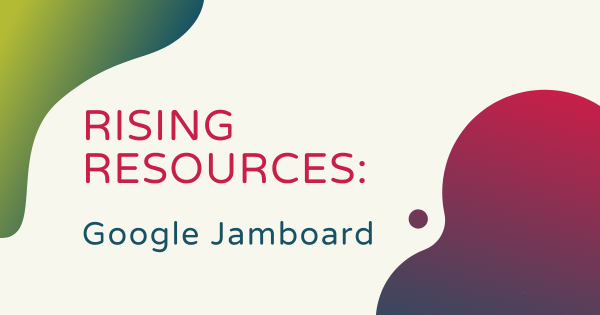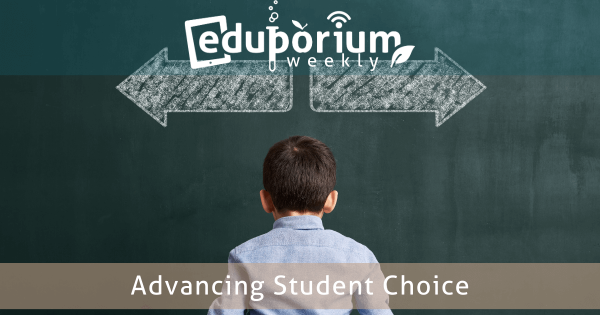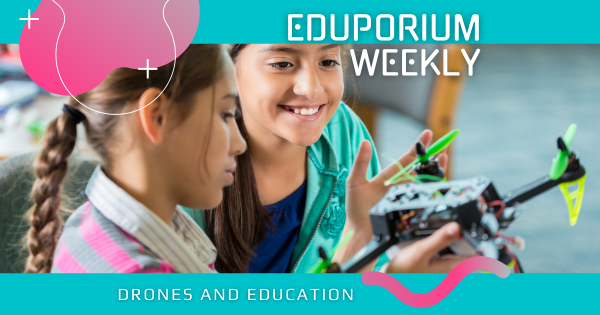AR and VR both unlock unique angles for learning that, along with effective integration, can enhance student learning experiences. They can also bring concepts to life with stunning visual displays and, once these physical and digital worlds intersect, students can gain context that supports instruction and even potentially reaches them on more of an emotional level.
Search results for '3 reasons'
-
Eduporium Weekly | Pros And Cons Of Esports In Schools
Aside from the likely guarantee that both parents and administrators will be skeptical, there could be a handful of possible issues with starting a school esports program. Ultimately, however, there truly are a long list of positives associated with interscholastic esports, like students building career skills, becoming part of a community, and fostering new relationships with peers. -
Teacher Talk | 5th Grade Science And Math With Lisa Blais
We’re kicking off our new Teacher Talk blog series by sharing this interview with Lisa Blais, a fifth grade science and math teacher in the Boston Public School system. Lisa has plenty of awesome insights on the accessibility of STEAM education, how she enhances activities she uses in her classroom, and how learning in the science subjects can help kids -
Eduporium Weekly | Creating An Esports STEM Curriculum
Besides opportunities to participate in something they are truly passionate about, kids can also learn more about things like how esports has become this popular and some of its potential benefits and drawbacks. Also, some of the cons of esports in schools might be fairly obvious but in connecting them to their own personal experiences, students can learn a lot. -
Rising Resources | Code In Any Context With CodeMonkey
CodeMonkey is a super dynamic platform for kids, parents, and educators who have any amount of prior programming experience to develop critical coding and STEM skills. With interactive games on a variety of relevant CS topics, a wealth of teaching resources, and its cool program-sharing social feature, CodeMonkey makes the perfect addition to any STEM classroom. -
Makerspaces And Mental Health For Students
More than ever before, we’re understanding how makerspace experiences help provide students with emotional benefits in addition to vital academic ones. If today’s students are having any variety of academic, emotional, or any other personal problems, for example, putting them aside and making something is a great way to help them shift their focus and reduce stress. -
Eduporium Weekly | Why Are Makerspaces Important?
It’s a broad question and one that will elicit different answers from different people. There are lots of reasons as to why K–12 makerspace experiences provide everyone from kids to experienced manufacturers with excitement, value, and intrigue. And, although the reasoning behind why makerspaces are important are extensive, they usually tie back to a particular mission. -
Rising Resources | Exploring The Google Jamboard Platform
Google Jamboard is part of the G Suite for Education and features its own interactive whiteboard for teachers to use in their instruction. Even as most remote learning has faded away, it still makes a super helpful tool for many 21st century teachers. So, this week, we explored their Jamboard platform a bit further, including the variety of benefits it -
Eduporium Weekly | The Growing Importance Of Student Choice
Not every student learns in the same way, has the same skills as each one of their peers, or can find the appeal in all that their teachers want them to try. Age doesn’t matter because all kids have different preferences when it comes to how they learn. Some want to read until they master the content while others have -
Eduporium Weekly | Drones And Education
What started out as a cool and unique chance for students to develop key skills while trying out new technology has grown into a legitimate teaching and learning approach. Now, with applications in all sorts of today’s STEM and CTE disciplines, educators are discovering how teaching with various drones can help prepare students for the future in a variety of



